Last season, scoring production took a spike with 18 teams finishing the year averaging over 3.00 goals per game and the Florida Panthers, who won the Presidents’ Trophy, averaging 4.11 goals per game. Halfway through the 2022-23 season, goals are up once again. Heading into the All-Star Break, 23 of the 32 teams are scoring 3.00 goals per game or more as offenses are continuing to play at a high level.
The recent scoring surge can be attributed to a multitude of factors including the skill of the players in the league, a decline in elite goaltending, and advanced data being a part of the game more than ever before. Head coaches around the league are notably quantifying the data using advanced stats to optimize the skaters on their team and help out their offenses, allowing teams to pile up the goals. Most advanced stats or metrics that teams are evaluating talent and building their systems around are broken up into two primary categories: possession and aggressiveness.
These two categories can conflict at times. After all, an offense more willing to shoot the puck runs the risk of losing possession and creating scoring chances the other way. Likewise, teams that overvalue possession can take a minimal number of shots on the net and limit scoring chances. So, how are teams balancing both offensive categories and finding success in the modern game?
How The Avalanche Used Possession to Win the Cup
The Colorado Avalanche won the Presidents’ Trophy in 2020-21. Their offense was one of the best in the league and it allowed them to overwhelm opponents. Led by Nathan MacKinnon, Mikko Rantanen, and Gabriel Landeskog, their offense possessed quick puck movement and the skill to create open shots. However, their weakness was their overaggressive defense, particularly when their defensemen would play deep into the offensive zone, allowing for scoring chances the other way. This vulnerability allowed the Vegas Golden Knights to constantly gash them on the rush in the Second Round and eliminate them in a six-game series.

In the 2021 offseason, the Avalanche addressed this weakness by strengthening the later pairings of their defense. They traded Ryan Graves, a two-way defenseman who scored two goals and 13 assists the previous season, to the New Jersey Devils and acquired Ryan Murray, who played a more disciplined style of defense. At the trade deadline, they added more reinforcements by acquiring John Manson from the Anaheim Ducks. Both skaters allowed the elite two-way players, specifically Cale Makar and Devon Toews, to play aggressively in the offensive zone knowing there was help following turnovers. While Makar and Toews were often one pairing, head coach Jared Bednar would often split the two to balance out the team, especially in the playoffs.

Along with the transactions, the Avalanche adapted their system to optimize control and quality possessions. Makar and Toews became focal points of the offense with their ability to handle the puck out of the defensive zone and into the offensive zone. They allowed the team to turn defense into instant offense and do so in a disciplined manner. Along with the defensemen, MacKinnon and Nazem Kadri became the primary puck-handling forwards, centering the top two lines and starting up the offense between the blue lines. Optimizing quality possessions allowed the Avalanche to continue to possess a high-powered offense but also one that could control the game, helping them to win the Stanley Cup.
Oilers Balance & Control
The Edmonton Oilers’ offense revolves around their two best players, Connor McDavid and Leon Draisaitl, who not only lead the unit but can beat opposing defenses in a variety of ways. Both skaters can control the puck and set up the offense, but also when needed, create quick scoring chances on the rush. That said, a majority of the success the Oilers have is in a controlled offense, especially with their power play, which scores on 32 percent of their opportunities.

With McDavid and Draisaitl leading the unit, the Oilers control the puck and effectively cycle it around the offensive zone to create quality shots on the net. They don’t look for the first shot but the best one with McDavid notably waiting by the face-off circle for a shot off a quick pass. The power play has been one of the primary reasons the offense is one of the best in the league, averaging 3.74 goals per game and it’s led by a controlled and disciplined unit.
Related: The NHL Blueprint for Goaltending Success in 2022-23
In addition to the power play, the Oilers’ control has also helped out the team in five-on-five play. McDavid is remarkable at carrying the puck end-to-end and gashing teams on the rush but his ability to handle the puck allows the Oilers to turn defense into instant offense. Moreover, with McDavid or Draisaitl carrying the puck into the offensive zone, they can start up the offense methodically as the rest of the skaters find scoring chances. While they have overwhelmed opponents with speed and the rush, the offense has optimized their control to become one of the best offenses in the league.
Devils’ Aggressiveness Pays Off
After years of disappointment, the New Jersey Devils are finally putting together a strong season. They have a 32-13-4 record and are in second place in the Metropolitan Division, led by an offense that is scoring 3.47 goals per game. The Devils particularly overwhelm opponents with their fast-paced and powerful offense that generates a surplus of scoring chances and shots. They have one of the highest shot totals in the league, averaging 34.3 shots per game with Jack Hughes, Jesper Bratt, and the rest of the young skaters not only creating open shots but showing a willingness to take them.
The Devils have possessed young, fast, and talented forwards for a few seasons and have had an offense that was led by speed and aggressive play. So what makes this year’s offense different? Yes, Hughes, Bratt, and captain Nico Hischier are entering the prime of their careers and maturing into elite players, but what has changed to allow the entire unit to improve?
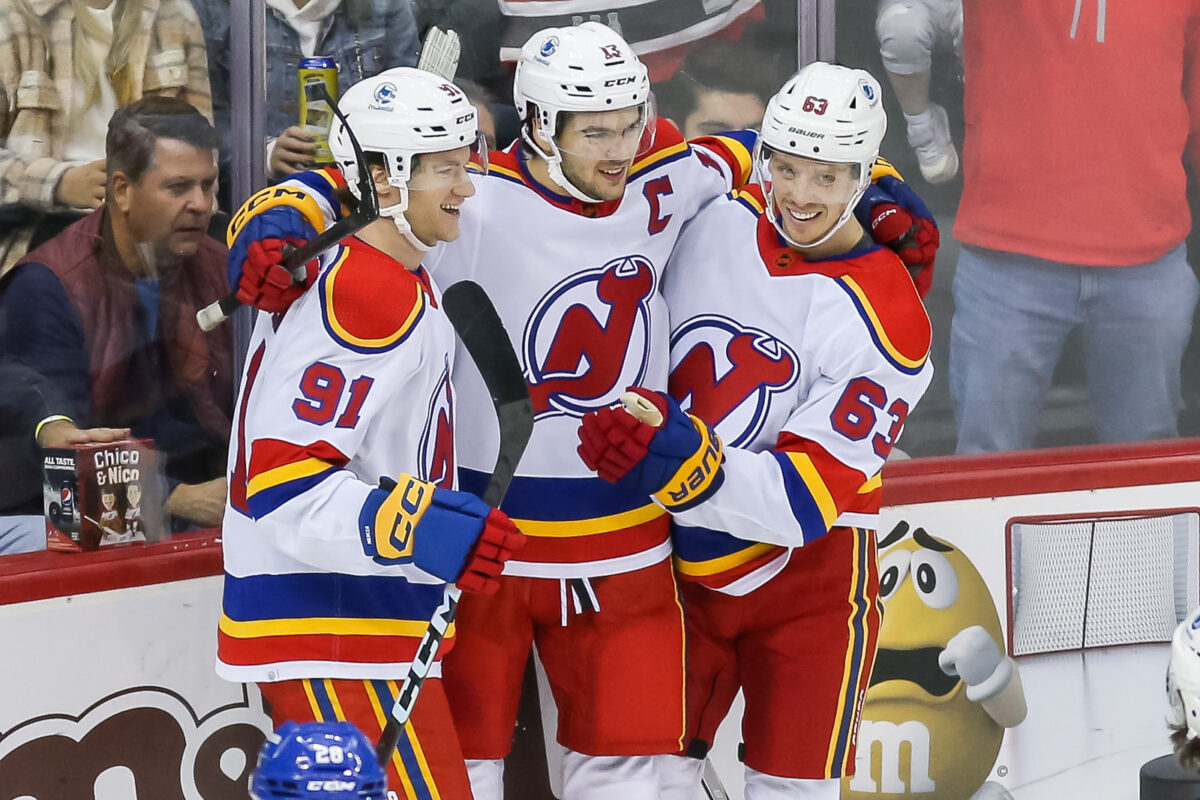
The first noticeable difference is the Devils’ ability to not just create a surplus of shots but also quality shots. Their 411 high-danger scoring chances, which are shots from the slot and near the net, are among the best in the league. The Devils have the speed to find shots on the rush or with quick puck movement in the offensive zone but the coaching staff, led by head coach Lindy Ruff, have prioritized speed and aggressive play with a purpose. In addition, the defensemen, led by veteran Dougie Hamilton, have played a pivotal role in helping out the fast-paced forward unit. Along with joining the forwards on the rush, the defensemen will try to start up the offense with outlet passes and contribute from the point with quick shots and passes. The team has leaned into its fast and aggressive offense and it has helped them become one of the best teams in the Eastern Conference.
Canucks Aggressive Play Goes Wrong
The Vancouver Canucks entered the season with high hopes and an offense that looked poised to carry them to the playoffs. Unfortunately, the overaggressive style of play and chaos on the ice has hurt them and resulted in a rough campaign. Their offense is playing at a high level, averaging 3.31 goals per game with their speed and quick puck movement creating open shots. However, the defense is often left in disarray, especially off of turnovers with Quinn Hughes and the rest of the defensemen playing deep in the offensive zone.
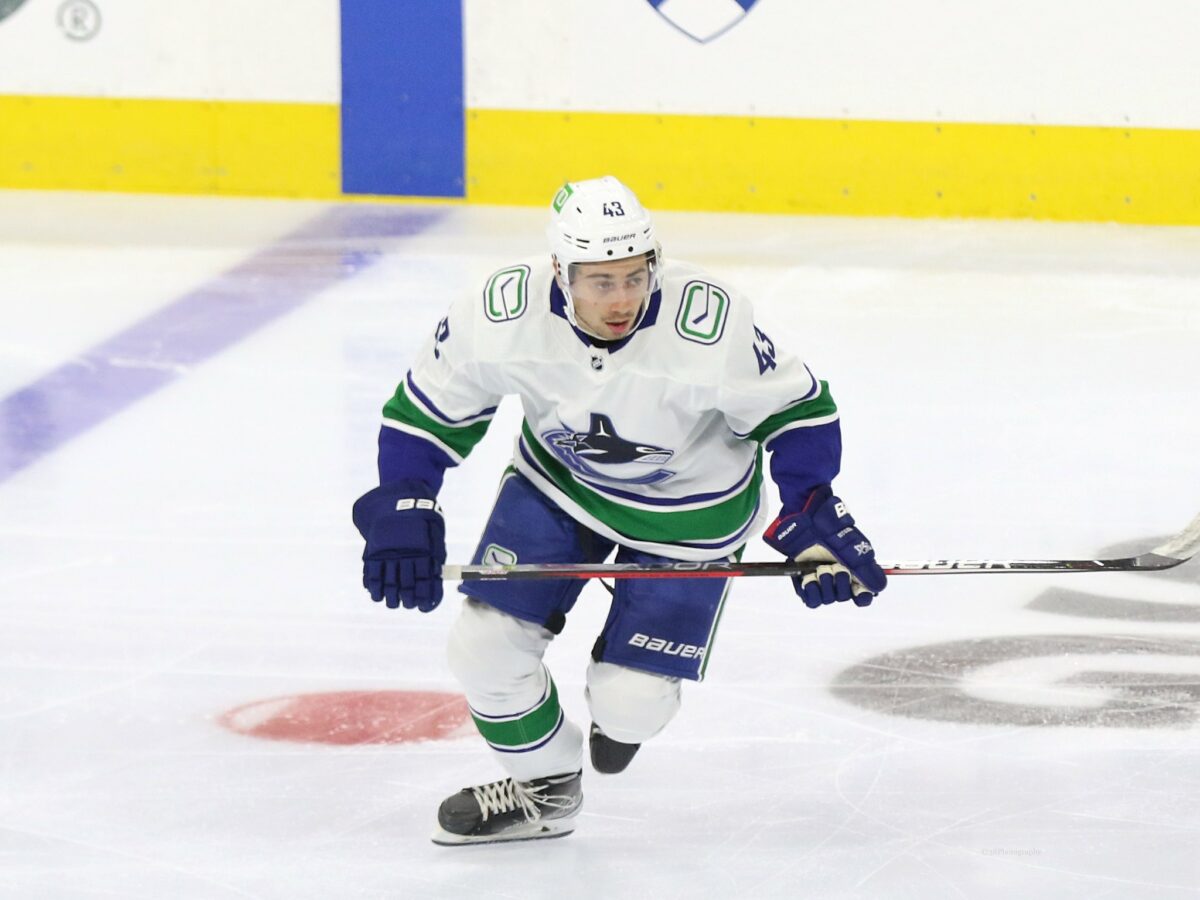
With the defense allowing 3.92 goals per game, the Canucks are having a season to forget, possessing a 20-26-3 record which is near the bottom of the Pacific Division. They’ve fired head coach Bruce Boudreau, replacing him with Rich Tocchet behind the bench, and by trading Bo Horvat, their leading goal scorer, the team has signaled that they aren’t competing this season. It’s unclear what direction the Canucks will head in but on the ice, a top priority will be an improvement on defense, even if it means a decline in goals and a slower pace of play.
Kings Build Potent Offense in Offseason
The Los Angeles Kings have provided a blueprint in recent years for how a team can not only accelerate a rebuild but do so in the offseason. In the 2021 offseason, they signed center Phillip Danault to a seven-year deal to help lead a young forward unit and allow the team to compete for a playoff spot. Danault provided stability up the middle and improved the defense but particularly improved the offense with his puck control and possession. With a two-way center in their top-six, the Kings reached the playoffs in the 2021-22 season and pushed the Oilers to a seven-game series in the First Round.
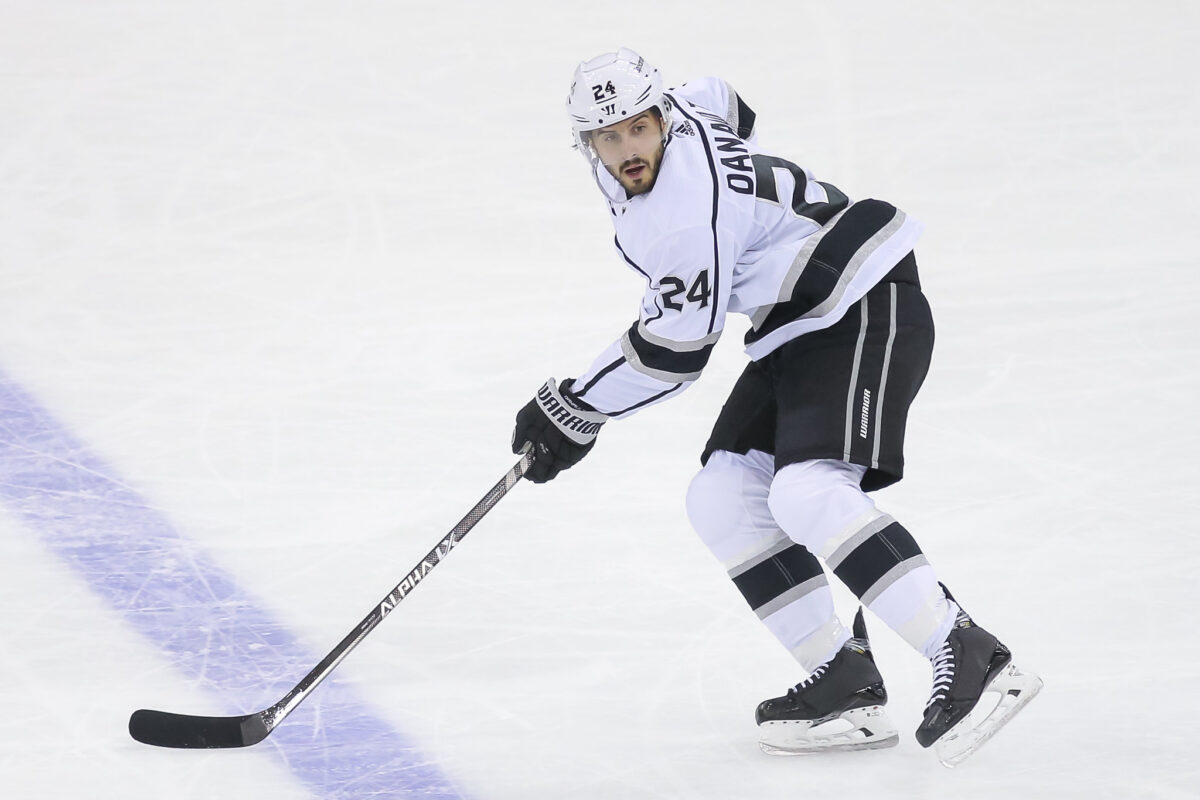
The following offseason, the Kings took the opposite approach to upgrade their offense by acquiring Kevin Fiala from the Minnesota Wild. They wanted a fast forward on the wing that could apply pressure to opposing defenses and create scoring chances on the rush and with quick passes. Fiala has 18 goals and 35 assists and leads a fast-paced line that is willing to risk allowing a scoring chance off a turnover in exchange for a quick shot on the net.
The Kings’ offense has improved significantly since the Fiala addition, averaging 3.17 goals per game this season compared to only 2.87 goals per game last year and only 2.54 goals per game in 2020-21. The offense has not only looked great but it provides two contrasting styles with Danault leading one line and Fiala leading another. While the defense, especially the goaltending, has let the Kings down, the potent offense has allowed them to possess one of the best records in the Western Conference.
Islanders, Senators & The Chip & Chase
Under head coach Barry Trotz, the New York Islanders relied heavily on the chip and chase. It helped them create turnovers in the offensive zone with a strong forecheck and forced opponents to bring the puck the full length of the ice to score. Led by a great defense, the Islanders reached the Stanley Cup Semifinal in 2020 and 2021 despite their offense struggling to successfully enter the puck into the offensive zone. Unfortunately, the strategy wasn’t effective last season, especially with opponents handling the puck more efficiently in their zone. The team missed the playoffs in 2021-22 and Trotz was subsequently fired.
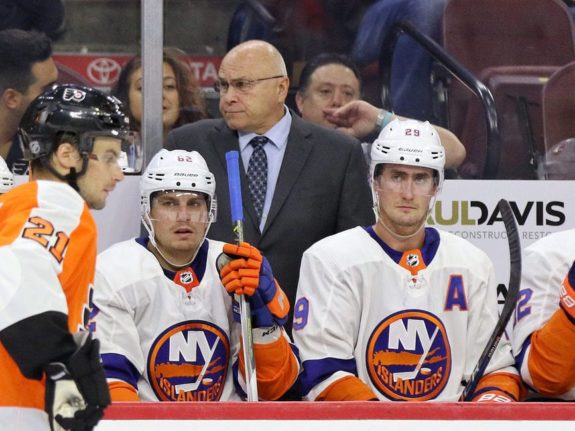
The Islanders shifted to a faster, more aggressive system under new head coach Lane Lambert which has its highs and lows. They are one of the leaders in high-danger scoring chances but also allow the second-most high-danger scoring chances in the league. It’s resulted in a rough start to the season but one the Islanders are willing to take considering they have the elite goaltending that can compensate for the surplus of scoring chances.
Another team that is struggling with possession is the Ottawa Senators. Jacob Billington, who covers the team at The Hockey Writers, noted that they don’t have a problem gaining possession but their issues start once they have the puck. “They have all of the speed, skill, and size to carry the puck in transition, but they dump and chase almost every time. It’s one of the biggest reasons a guy like (Alex) DeBrincat isn’t producing as well because he is a rush-scorer, not a player that should be dump and chasing and setting up.” The Senators want to help out their defense with safe and disciplined play but the inability to create offense has made the season a disappointment. The team averages only 2.96 goals per game despite having a forward unit with DeBrincat, Brady Tkachuk, Claude Giroux, and Tim Stützle in it.
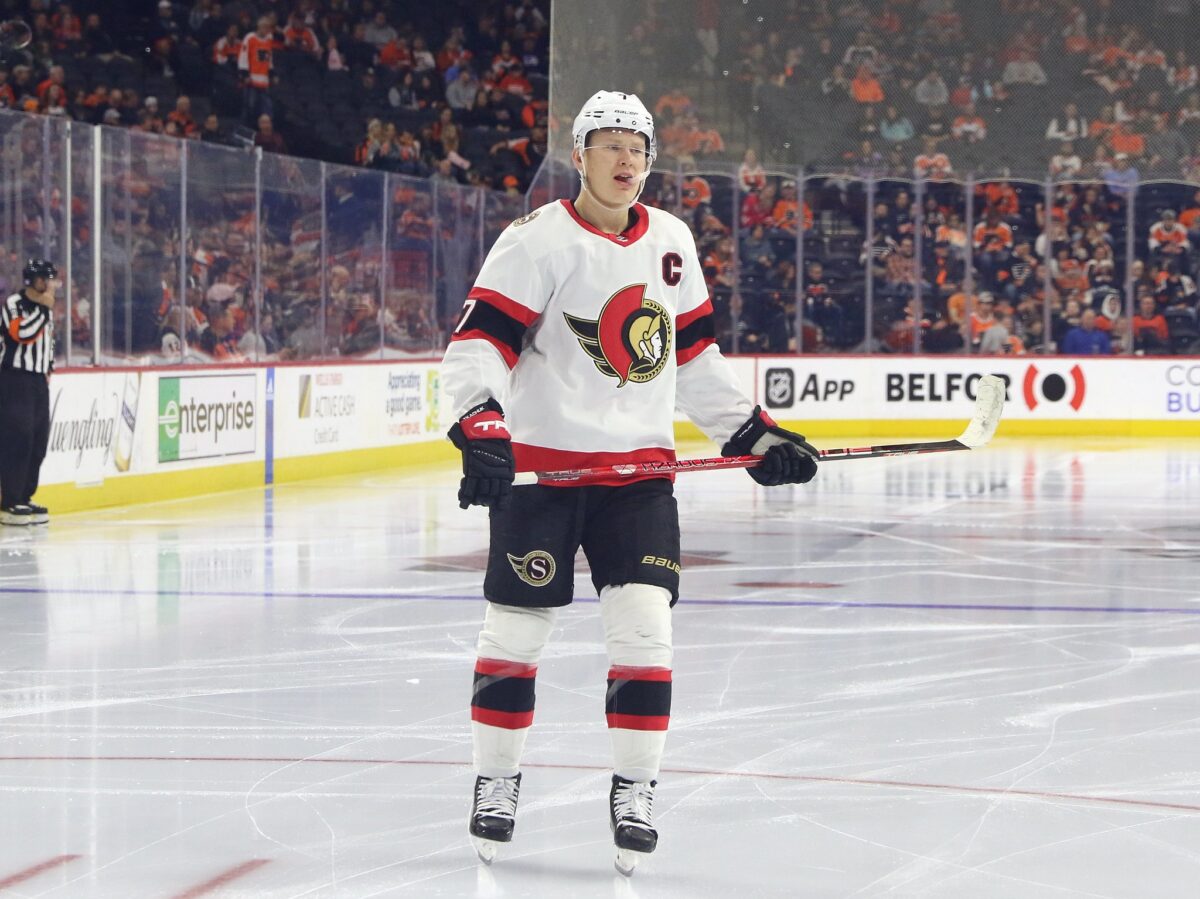
Teams dumping the puck into the offensive zone and allowing their forwards to create turnovers was once one of the best ways to start up the offense. However, in recent years, the ability to carry the puck into the offensive zone has been integral to both offensive success and teams playing well in 2022-23.
Other Notes on Possession Vs Aggression
Across the NHL, teams are searching for the best offense that suits the players and roster that they have in place. Teams that have speed and skaters that can create scoring chances in space will play a more aggressive style while slower teams will value possession more. It’s why some of the best coaches in the NHL, especially the ones with sustained success, have proven they can adapt their systems and get the most out of the roster they are given.
Another interesting note is the correlation between great offense and accurate shooters. The top five highest-scoring teams in the league (Buffalo Sabres, Oilers, Boston Bruins, Tampa Bay Lightning, and Seattle Kraken) are also the top five teams with the highest shooting percentages. Whether these teams are just making their shots count or have skilled players who can find the back of the net, the offenses that are scoring the most are also the ones taking advantage of their opportunities.